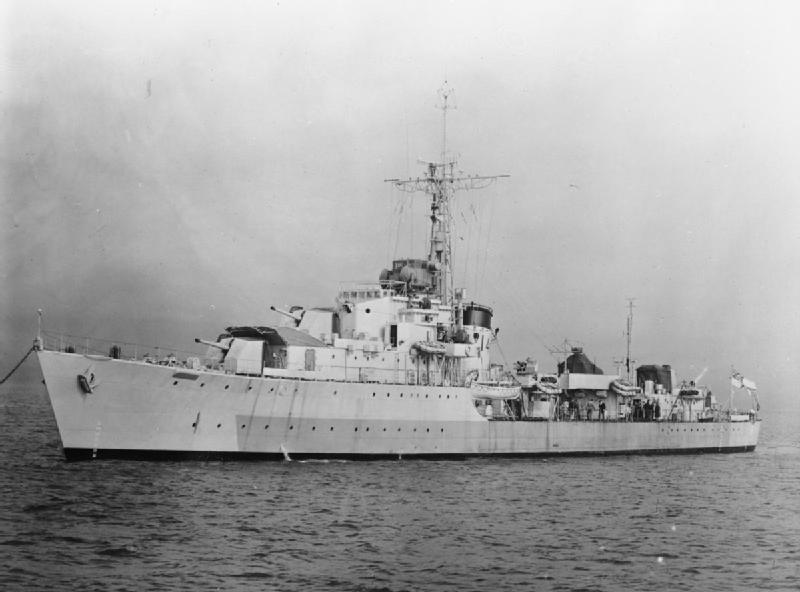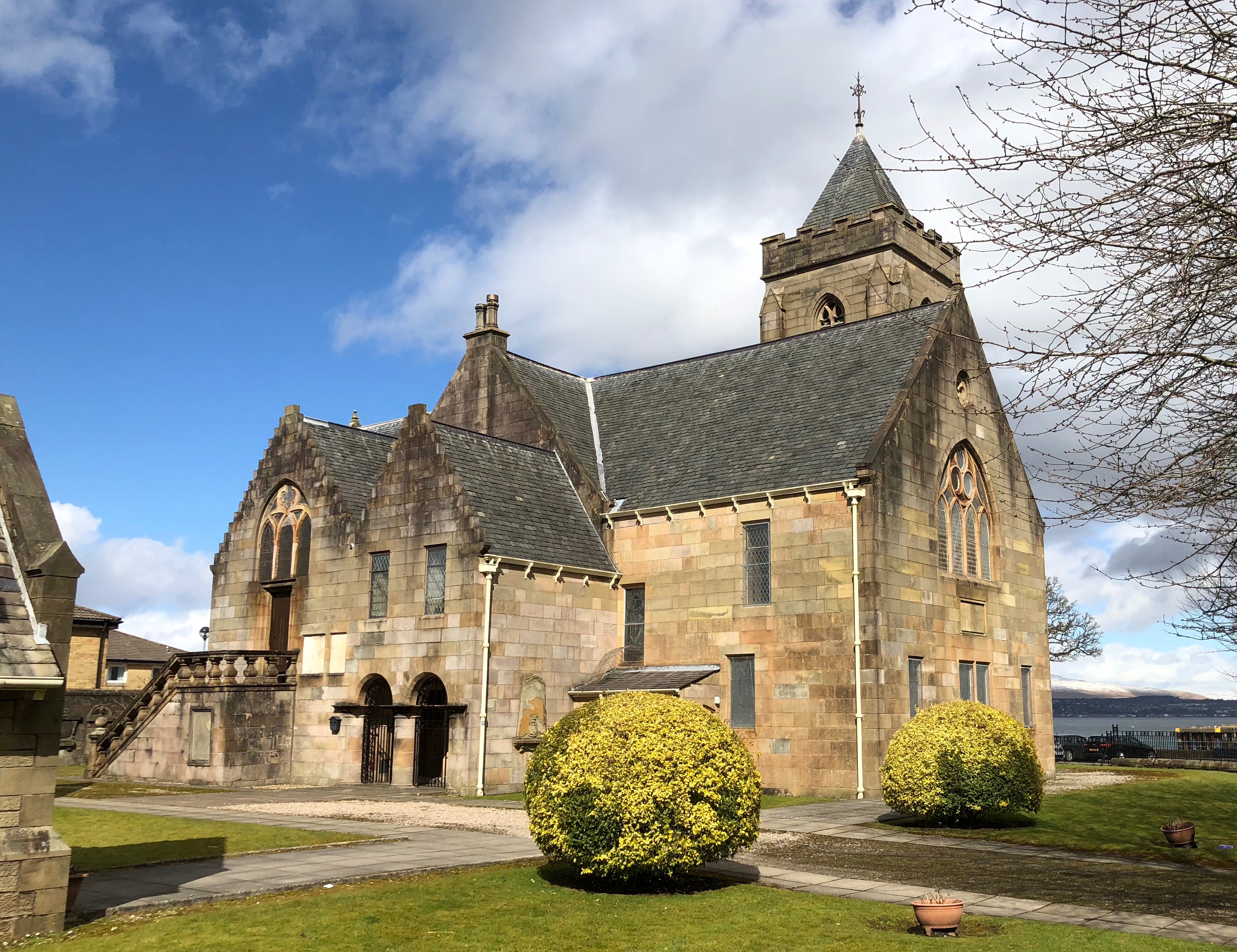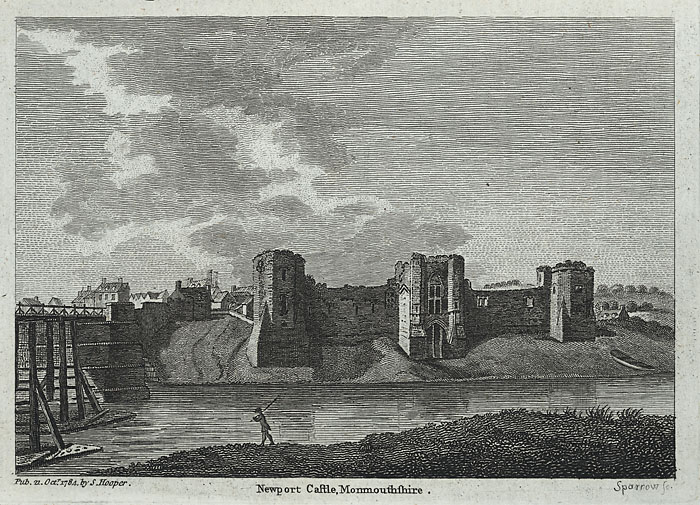|
HMS Chequers (R61)
HMS ''Chequers'' was a destroyer, of the "Ch" subclass, of the Royal Navy that was in service from December 1945, and which was scrapped in 1966. Construction The Royal Navy ordered ''Chequers'' on 24 July 1942, one of eight C-class "Intermediate" destroyers of the 1942 Programme. She was built by Scotts Shipbuilding and Engineering Company, Greenock, Scotland and commissioned in December 1945, too late for service during the Second World War. Service ''Chequers'' was assigned to, and became leader of, the 1st Destroyer Squadron based at Malta between 1948 and 1954. She saw service, along with other Royal Navy ships, in preventing illegal immigration into Palestine in 1947. She was given an interim modernisation in 1954, which saw her 'X' turret at the rear of the ship replaced by two Squid anti-submarine mortars. Decommissioning and disposal ''Chequers'' was decommissioned and placed in Operational reserve in 1954. She was placed on the disposal list in 1964. She was so ... [...More Info...] [...Related Items...] OR: [Wikipedia] [Google] [Baidu] |
Greenock
Greenock (; sco, Greenock; gd, Grianaig, ) is a town and administrative centre in the Inverclyde council area in Scotland, United Kingdom and a former burgh within the historic county of Renfrewshire, located in the west central Lowlands of Scotland. It forms part of a contiguous urban area with Gourock to the west and Port Glasgow to the east. The 2011 UK Census showed that Greenock had a population of 44,248, a decrease from the 46,861 recorded in the 2001 UK Census. It lies on the south bank of the Clyde at the "Tail of the Bank" where the River Clyde deepens into the Firth of Clyde. History Name Place-name scholar William J. Watson wrote that "Greenock is well known in Gaelic as Grianáig, dative of grianág, a sunny knoll". The Scottish Gaelic place-name ''Grianaig'' is relatively common, with another (Greenock) near Callander in Menteith (formerly in Perthshire) and yet another at Muirkirk in Kyle, now in East Ayrshire. R. M. Smith in (1921) described the alternat ... [...More Info...] [...Related Items...] OR: [Wikipedia] [Google] [Baidu] |
C-class Destroyers (1943) Of The Royal Navy
C class may refer to: Ships * C-class destroyer (other), multiple destroyers * C-class submarine (other), multiple submarines * C-class corvette (other), ships of the Victorian Royal Navy * C-class cruiser, Royal Navy light cruisers built just before the First World War * C-class ferry, Canadian ships * C-class lifeboat, British lifeboats * International C-class catamaran, sailing catamaran Rail vehicles Australia * C-class Melbourne tram * Sydney C-Class Tram * Commonwealth Railways C class, 4-6-0 passenger locomotives * MRWA C class, 4-6-2 steam locomotives * Victorian Railways C class, 2-8-0 steam locomotives * Victorian Railways C class (diesel), diesel locomotives * WAGR C class, axle load steam locomotives * WAGR C class (1880), steam locomotives * WAGR C class (diesel), diesel locomotives Ireland * CIE 201 Class, locomotives New Zealand * NZR C class (1873), tank locomotives * NZR C class (1930), steam locomotives United Kingdom * LB&S ... [...More Info...] [...Related Items...] OR: [Wikipedia] [Google] [Baidu] |
Ships Built On The River Clyde
A ship is a large watercraft that travels the world's oceans and other sufficiently deep waterways, carrying cargo or passengers, or in support of specialized missions, such as defense, research, and fishing. Ships are generally distinguished from boats, based on size, shape, load capacity, and purpose. Ships have supported exploration, trade, warfare, migration, colonization, and science. After the 15th century, new crops that had come from and to the Americas via the European seafarers significantly contributed to world population growth. Ship transport is responsible for the largest portion of world commerce. The word ''ship'' has meant, depending on the era and the context, either just a large vessel or specifically a ship-rigged sailing ship with three or more masts, each of which is square-rigged. As of 2016, there were more than 49,000 merchant ships, totaling almost 1.8 billion dead weight tons. Of these 28% were oil tankers, 43% were bulk carriers, and 13% were cont ... [...More Info...] [...Related Items...] OR: [Wikipedia] [Google] [Baidu] |
1944 Ships
Events Below, the events of World War II have the "WWII" prefix. January * January 2 – WWII: ** Free French General Jean de Lattre de Tassigny is appointed to command French Army B, part of the Sixth United States Army Group in North Africa. ** Landing at Saidor: 13,000 US and Australian troops land on Papua New Guinea, in an attempt to cut off a Japanese retreat. * January 8 – WWII: Philippine Commonwealth troops enter the province of Ilocos Sur in northern Luzon and attack Japanese forces. * January 11 ** President of the United States Franklin D. Roosevelt proposes a Second Bill of Rights for social and economic security, in his State of the Union address. ** The Nazi German administration expands Kraków-Płaszów concentration camp into the larger standalone ''Konzentrationslager Plaszow bei Krakau'' in occupied Poland. * January 12 – WWII: Winston Churchill and Charles de Gaulle begin a 2-day conference in Marrakech. * January 14 – WWII: Sovie ... [...More Info...] [...Related Items...] OR: [Wikipedia] [Google] [Baidu] |
Newport, Wales
Newport ( cy, Casnewydd; ) is a city and county borough in Wales, situated on the River Usk close to its confluence with the Severn Estuary, northeast of Cardiff. With a population of 145,700 at the 2011 census, Newport is the third-largest authority with city status in Wales, and seventh most populous overall. Newport became a unitary authority in 1996 and forms part of the Cardiff-Newport metropolitan area. Newport was the site of the last large-scale armed insurrection in Great Britain, the Newport Rising of 1839. Newport has been a port since medieval times when the first Newport Castle was built by the Normans. The town outgrew the earlier Roman town of Caerleon, immediately upstream and now part of the borough. Newport gained its first charter in 1314. It grew significantly in the 19th century when its port became the focus of coal exports from the eastern South Wales Valleys. Newport was the largest coal exporter in Wales until the rise of Cardiff in the mid ... [...More Info...] [...Related Items...] OR: [Wikipedia] [Google] [Baidu] |
Palestine (region)
Palestine ( el, Παλαιστίνη, ; la, Palaestina; ar, فلسطين, , , ; he, פלשתינה, ) is a geographic region in Western Asia. It is usually considered to include Israel and the State of Palestine (i.e. West Bank and Gaza Strip), though some definitions also include part of northwestern Jordan. The first written records to attest the name of the region were those of the Twentieth dynasty of Egypt, which used the term "Peleset" in reference to the neighboring people or land. In the 8th century, Assyrian inscriptions refer to the region of "Palashtu" or "Pilistu". In the Hellenistic period, these names were carried over into Greek, appearing in the Histories of Herodotus in the more recognizable form of "Palaistine". The Roman Empire initially used other terms for the region, such as Judaea, but renamed the region Syria Palaestina after the Bar Kokhba revolt. During the Byzantine period, the region was split into the provinces of Palaestina Prima, Pal ... [...More Info...] [...Related Items...] OR: [Wikipedia] [Google] [Baidu] |
Malta
Malta ( , , ), officially the Republic of Malta ( mt, Repubblika ta' Malta ), is an island country in the Mediterranean Sea. It consists of an archipelago, between Italy and Libya, and is often considered a part of Southern Europe. It lies south of Sicily (Italy), east of Tunisia, and north of Libya. The official languages are Maltese language, Maltese and English language, English, and 66% of the current Maltese population is at least conversational in the Italian language, Italian language. Malta has been inhabited since approximately 5900 BC. Its location in the centre of the Mediterranean Sea, Mediterranean has historically given it great strategic importance as a naval base, with a succession of powers having contested and ruled the islands, including the Phoenicians and Ancient Carthage, Carthaginians, Romans, Greeks, Arabs, Normans, Aragonese, Knights Hospitaller, Knights of St. John, French, and British, amongst others. With a population of about 516,000 over an ... [...More Info...] [...Related Items...] OR: [Wikipedia] [Google] [Baidu] |
1st Destroyer Squadron (United Kingdom)
The 1st Destroyer Squadron was an administrative unit of the Royal Navy from 1951 to 1970. Operational history Originally established as the 1st Destroyer Flotilla in 1947 it was renamed in 1st Destroyer Squadron in October 1951. During its existence, the squadron included C-class and Battle-class destroyers and Leander-class frigates. Ships from the squadron saw service in the Mediterranean Fleet, the Far East Fleet, in the Beira Patrol and as part of the Standing Naval Force Atlantic ( STANAVFORLANT). Of note: Command structure organizational changes took place within Royal Navy post war period the term Flotilla was previously applied to a tactical unit until 1951 which led to the creation of three specific Flag Officers, Flotillas responsible for the Eastern, Home and Mediterranean fleets the existing destroyer flotillas were re-organized now as administrative squadrons. Squadron commander Royal Navy Senior Appointments, Colin Mackie References See also * List of sq ... [...More Info...] [...Related Items...] OR: [Wikipedia] [Google] [Baidu] |
Royal Navy
The Royal Navy (RN) is the United Kingdom's naval warfare force. Although warships were used by Kingdom of England, English and Kingdom of Scotland, Scottish kings from the early medieval period, the first major maritime engagements were fought in the Hundred Years' War against Kingdom of France, France. The modern Royal Navy traces its origins to the early 16th century; the oldest of the British Armed Forces, UK's armed services, it is consequently known as the Senior Service. From the middle decades of the 17th century, and through the 18th century, the Royal Navy vied with the Dutch Navy and later with the French Navy for maritime supremacy. From the mid 18th century, it was the world's most powerful navy until the World War II, Second World War. The Royal Navy played a key part in establishing and defending the British Empire, and four Imperial fortress colonies and a string of imperial bases and coaling stations secured the Royal Navy's ability to assert naval superiority ... [...More Info...] [...Related Items...] OR: [Wikipedia] [Google] [Baidu] |
United Kingdom
The United Kingdom of Great Britain and Northern Ireland, commonly known as the United Kingdom (UK) or Britain, is a country in Europe, off the north-western coast of the European mainland, continental mainland. It comprises England, Scotland, Wales and Northern Ireland. The United Kingdom includes the island of Great Britain, the north-eastern part of the island of Ireland, and many List of islands of the United Kingdom, smaller islands within the British Isles. Northern Ireland shares Republic of Ireland–United Kingdom border, a land border with the Republic of Ireland; otherwise, the United Kingdom is surrounded by the Atlantic Ocean, the North Sea, the English Channel, the Celtic Sea and the Irish Sea. The total area of the United Kingdom is , with an estimated 2020 population of more than 67 million people. The United Kingdom has evolved from a series of annexations, unions and separations of constituent countries over several hundred years. The Treaty of Union between ... [...More Info...] [...Related Items...] OR: [Wikipedia] [Google] [Baidu] |
Squid (weapon)
Squid was a British World War II ship-mounted anti-submarine weapon. It consisted of a three-barrelled mortar which launched depth charges. It replaced the Hedgehog system, and was in turn replaced by the Limbo system. Development Ordered directly from the drawing board in 1942, under the auspices of the Directorate of Miscellaneous Weapons Development, this weapon was rushed into service in May 1943 on board HMS ''Ambuscade''. The first production unit was installed on HMS ''Hadleigh Castle''; it went on to be installed on 70 frigates and corvettes during the Second World War. The first successful use was by HMS ''Loch Killin'' on 31 July 1944, when she sank . The system was credited with sinking 17 submarines in 50 attacks over the course of the war. By 1959, 195 Squid installations had been produced. This weapon was a three-barrel mortar with the mortars mounted in series but off-bore from each other in order to scatter the projectiles. The barrels were mounted in a f ... [...More Info...] [...Related Items...] OR: [Wikipedia] [Google] [Baidu] |




